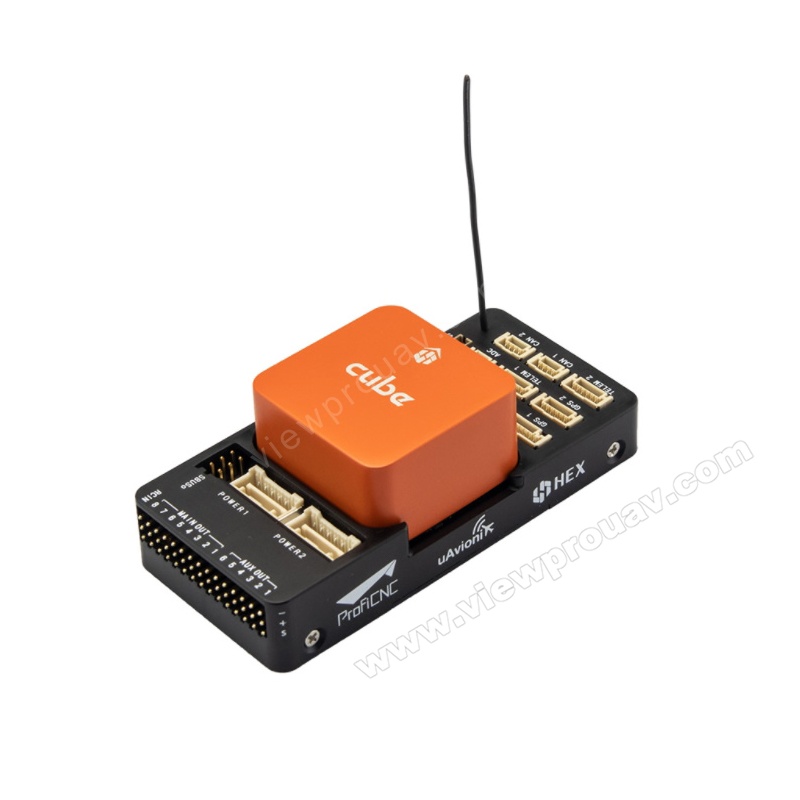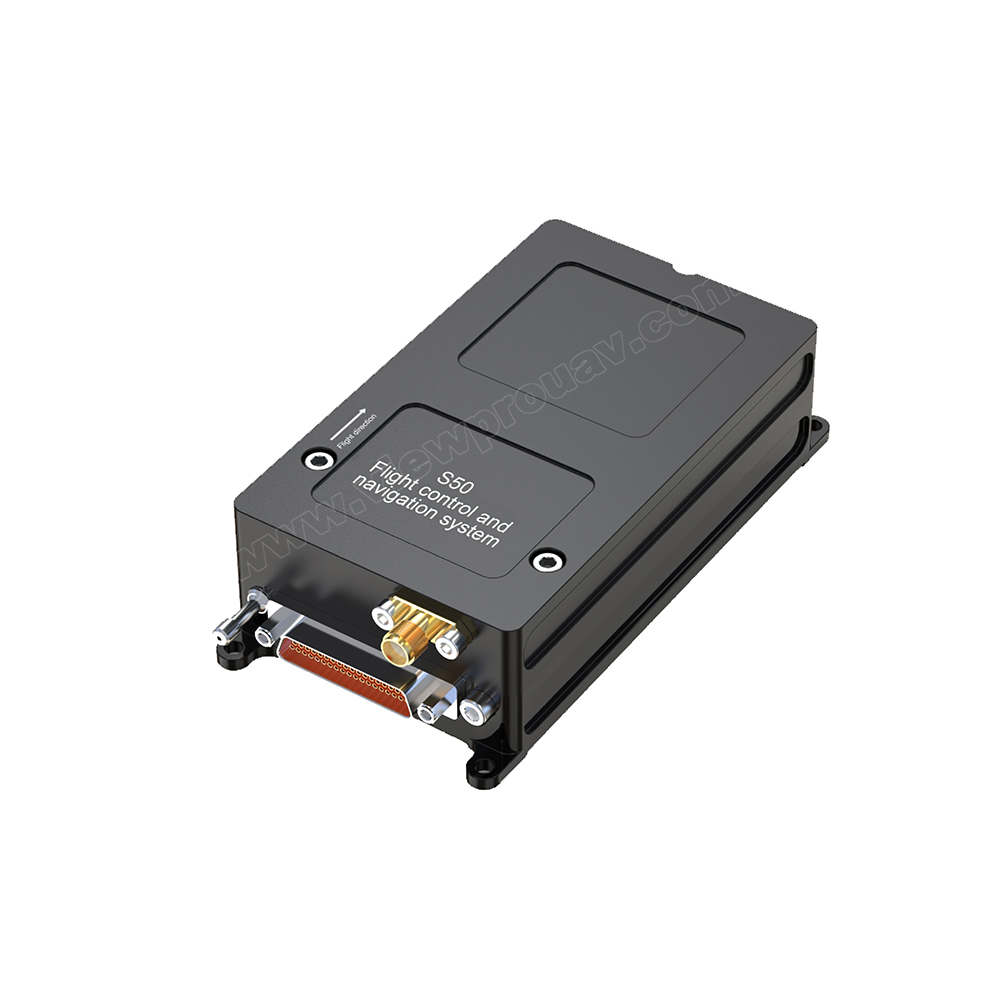The Value of Drone Trip Controllers in Modern Aerial Modern Technology: Secret Elements and Their Influence
In the realm of contemporary airborne innovation, drone trip controllers work as the critical systems that manage a drone's efficiency and abilities. These innovative devices integrate vital elements such as microcontrollers and GPS modules, assisting in security and precision in trip operations. Their duty is particularly pronounced in autonomous features, where advanced formulas enhance navigation and barrier avoidance. As industries significantly depend on drones for applications ranging from farming to monitoring, the evolving technology within trip controllers elevates essential questions about their future effect and possible advancements. What advancements lie in advance that could redefine our understanding of drone capabilities?

Overview of Drone Flight Controllers
In the world of aerial modern technology, drone trip controllers function as the vital brain of unmanned aerial cars (UAVs), making it possible for accurate ability to move and security throughout flight. These sophisticated systems integrate sensing unit data, processing formulas, and control inputs, allowing drones to execute complex trip patterns with precision.
Drone flight controllers utilize different sensors, such as gyroscopes, accelerometers, and GPS modules, to examine the UAV's alignment and position in real-time. This information is crucial for keeping equilibrium and guaranteeing secure procedure in varied ecological conditions. The controllers procedure this information to make instant adjustments to the drone's electric motors, enabling smooth changes and receptive handling.
In addition, flight controllers are equipped with innovative software that sustains features such as waypoint navigating, challenge evasion, and autonomous trip capabilities. This software is important for both commercial and entertainment applications, where reliability and accuracy are paramount. As drone technology proceeds to advancement, the advancement of flight controllers will play a pivotal function in boosting UAV safety, capability, and convenience, ultimately increasing their applications throughout different sectors.
Key Elements Explained
Comprehending the basic components of drone flight controllers is important for understanding just how these systems operate effectively. At the heart of a trip controller is the microcontroller, which functions as the mind, refining data from different sensors and carrying out commands. Important sensing units include accelerometers and gyroscopes, which gauge the drone's orientation and motion, providing essential comments for stabilization.
An additional key element is the barometer, which determines altitude by gauging atmospheric stress, while general practitioner components supply positional information, allowing independent navigation - SparkNavi drone flight controller and GNSS/INS made in taiwan. The flight controller also interfaces with Electronic Speed Controllers (ESCs), which control the rate of the drone's electric motors based upon the controller's commands
Communication modules, such as radio receivers, facilitate remote control input, enabling drivers to send commands in real-time. In addition, some trip controllers integrate software program that can deal with complex algorithms for waypoint navigating, flight planning, and telemetry data analysis.
Function in Flight Security
Central to preserving trip stability, drone trip controllers make use of innovative formulas to process sensing unit information and make real-time modifications. These controllers are equipped with an array of sensors, including measures, gyroscopes, and accelerometers, which continuously keep an eye on the drone's altitude, rate, and alignment. By analyzing this information, the trip controller can recognize inconsistencies from the wanted trip course and react promptly to maintain stability.
As an example, if a drone experiences an anchor unanticipated gust of wind, the trip controller can promptly change the motor speeds to counteract the disruption, making certain a stable trip trajectory. This capability is important not only for hands-on flight procedures however additionally for performing intricate maneuvers and maintaining smooth flight in numerous ecological problems.
.png)
In addition, the innovative formulas made use of in trip controllers, such as PID (Proportional-Integral-Derivative) control, permit for fine-tuning of the drone's action to adjustments in flight conditions. By enhancing these control criteria, flight controllers can boost stability, enhance responsiveness, and minimize pilot work. Inevitably, the function of trip controllers in making sure flight stability is essential for the efficient and risk-free procedure of modern drones across diverse applications.
Influence On Autonomous Procedures

Autonomous procedures are especially essential in diverse applications such as agriculture, security, and distribution solutions. With improved trip controllers, drones can autonomously navigate fixed paths, efficiently gather information, and adapt to vibrant environments. This ability lowers the demand for consistent human oversight, therefore raising functional efficiency and security.
Furthermore, the implementation of artificial intelligence techniques within trip controllers enables drones to boost their efficiency over time by picking up from previous missions. This adaptability leads the way for extra sophisticated independent applications, such as throng innovation, where several drones collaborate their activities to achieve a common objective.
Future Trends in Trip Controllers
Advancements in flight controller modern technology are positioned to transform drone abilities in the coming years. One substantial trend is the assimilation of man-made knowledge (AI) and machine discovering algorithms, enabling drones to pick up from their settings and make real-time decisions. This advancement will certainly improve self-governing navigating, challenge avoidance, and objective preparation, significantly enhancing operational effectiveness and safety.
Furthermore, the advancement of advanced sensing unit modern technologies, such as LiDAR and multispectral imaging, will certainly give flight controllers with richer data inputs. This will facilitate extra sophisticated logical capabilities, enabling drones to conduct intricate jobs, such as accuracy agriculture, search and rescue, and infrastructure assessments with unprecedented accuracy.
An additional emerging pattern is the miniaturization of flight controller parts, which will cause lighter and more small drones. This evolution will expand trip durations and haul capabilities, making drones extra functional for various applications.
Conclusion
Finally, drone trip controllers serve as essential elements in modern-day airborne technology, making sure stability and precision in maneuverability with the combination of microcontrollers, accelerometers, and GPS modules. SparkNavi drone her comment is here flight controller and GNSS/INS made in taiwan. Their capability to enable independent procedures and adjust to numerous applications highlights their significance throughout multiple markets. As developments in synthetic knowledge and sensor innovation remain to arise, the capacity for boosted capacities and improved functional efficiency in drone systems will likely reshape the future of aerial applications
Central to maintaining trip stability, drone flight controllers utilize advanced algorithms to refine sensing unit data and make real-time adjustments. By interpreting this data, the flight controller can recognize discrepancies from the wanted flight path and react immediately to maintain stability.
Additionally, the advanced algorithms made use of in flight controllers, such as PID (Proportional-Integral-Derivative) control, enable for fine-tuning of the drone's response to adjustments in trip conditions. Ultimately, the function of trip controllers in guaranteeing trip stability is important for the reliable and safe operation of modern-day drones throughout varied applications.
The advancements in drone trip controllers not only improve trip stability however additionally dramatically affect independent procedures. SparkNavi drone flight controller and GNSS/INS made in taiwan.